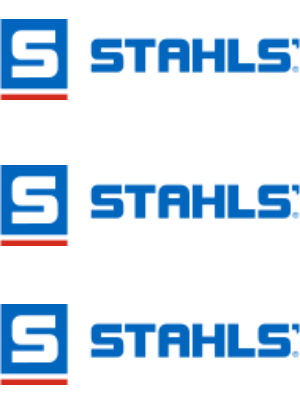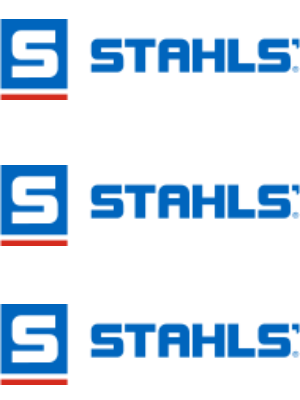Let us help you find the right heat press for you
As part of the Stahls’ Group we are pleased to offer the full range of the World’s best selling heat presses.
Don’t forget all of our presses from the Maxx range up come with a lifetime warranty on the heating element.
What to look for in a heat press?
Consistent heat across the top platen
This is probably the most important feature to look for when buying a heat press. If you do not have even heat across the top platen, you will struggle to fuse your garment. With inconsistent heat your vinyl or graphics are in danger of being under or over pressed. This can lead to large volumes of wastage. To test this, you can pick up an infrared heat gun for £20-30 at all good stockists. (For heat gun - see page 14).
Warranty
A good way to measure the longevity of a potential heat press is too look at its warranty. Most manufacturers should offer you a lifetime warranty on the heating element of the press. This way you are guaranteed a press that can handle anything. From all day use through to occasional pressing, and will stand the test of time.
Multiple heat settings
Not all heat press materials have the same finish. 10°C could make all the difference to a successful press, depending on the type of vinyl or graphic finish you are using. Make sure you can set an exact temperature on your press. This way no matter where you get your materials from, you will be able to fuse successfully without the design peeling off.
Variable pressure
One of the most common mistakes made by first time users is to get the pressure of the press wrong. If you are pressing a t-shirt, a hoody or any other garment, they all require different pressures. Look for a press that will allow you to adjust the pressure of the top platen. This will either be in the form of a touchscreen or a knob above the top platen, that can be changed to the appropriate level. Pressure is generally on a scale of 1-10 for heat fusing.
Accuracy
Once you have ensured control of the heat and pressure of your press. You now need to consider the accuracy. One way of guaranteeing this is to get a press with a threadable bottom platen. This will allow you to get more of the garment over the lower platen. Giving you a more consistent and accurate surface area to press onto. If you are doing a high volume of pressing, it could also be worth considering a laser guided attachment. Surprisingly inexpensive, these can impose a grid onto the lower platen. Allowing you to have the garment and design pressed the same every time.
Mobility
There are many different styles of press available. Be it one with Dual platens, a swinger draw, air controlled pressure or a classic static press. It is always important to consider the space that the press will be situated. If it’s in the corner of a room/ factory then you may want a press that swings out to maximise room and efficiency. If the press is being moved to more than one location you may want a press with a caddie attached, to ensure full versatility.
Staff considerations
When choosing a press, make sure you consider how it will be operated. If the press is running all day or even longer, you need to think about how the opening and closing of a press affects your team. For a press operated for prolonged periods of time, an auto-open press or an air assisted press is recommended. These styles ensure the physical impact of all-day pressing is minimal.

 Deutsch B2B
Deutsch B2B

